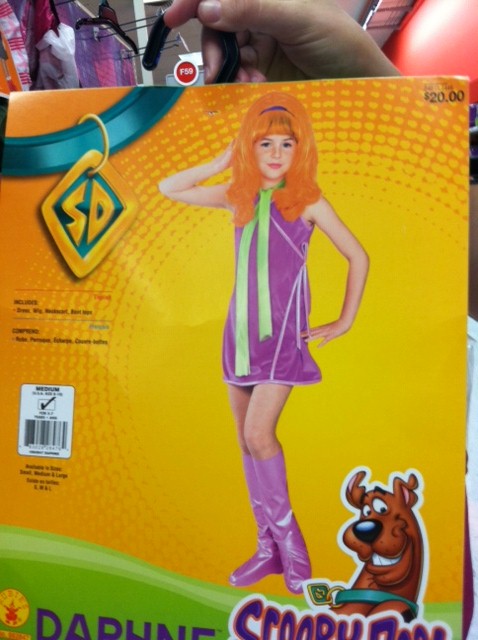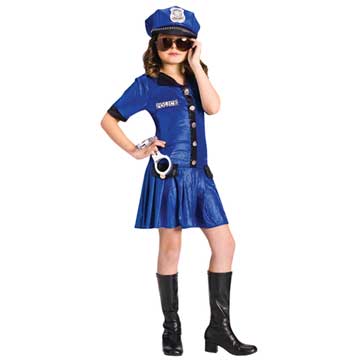How we celebrate Halloween tells us a lot about who we are as a society: what we’re worried about, what we value, which famous people loom largest in our collective pop-cultural imagination. The holiday has evolved a great deal over the past few decades, with costumes going from primarily homemade to being mostly mass-produced (for an idea of just how much things have changed, here are some spooky homemade costumes from the last century). Halloween is a modern day Carnival, a time when people can safely look and act like someone entirely different than themselves. But more and more, the costumes aimed at women seemingly exist for the primary purpose of being as revealing as possible (sexy unicorn, anyone?) . Even more troubling is that this trend has migrated to costumes for teens and young girls.



A visit to any costume shop or department store will show not only costumes for young girls that are inappropriately sexualized, but also a marked difference between the costumes marketed to boys vs. girls. For boys, there are zombies, superheroes, and firemen. For girls, there’s “Sailor Sweetie”, “Fairy Princess” and “Cowboy Diva.” And the costumes that do exist for both boys and girls are often very different:




What message does it send to girls when they go to look for a doctor costume and all they can find is a nurse? Why should girls have to settle for being a fairy when they wanted to be a superhero? For kids, Halloween is a time to be anyone they want, and so as we celebrate we need to consider: what are we as a society telling girls about what they can and should aspire to be?
